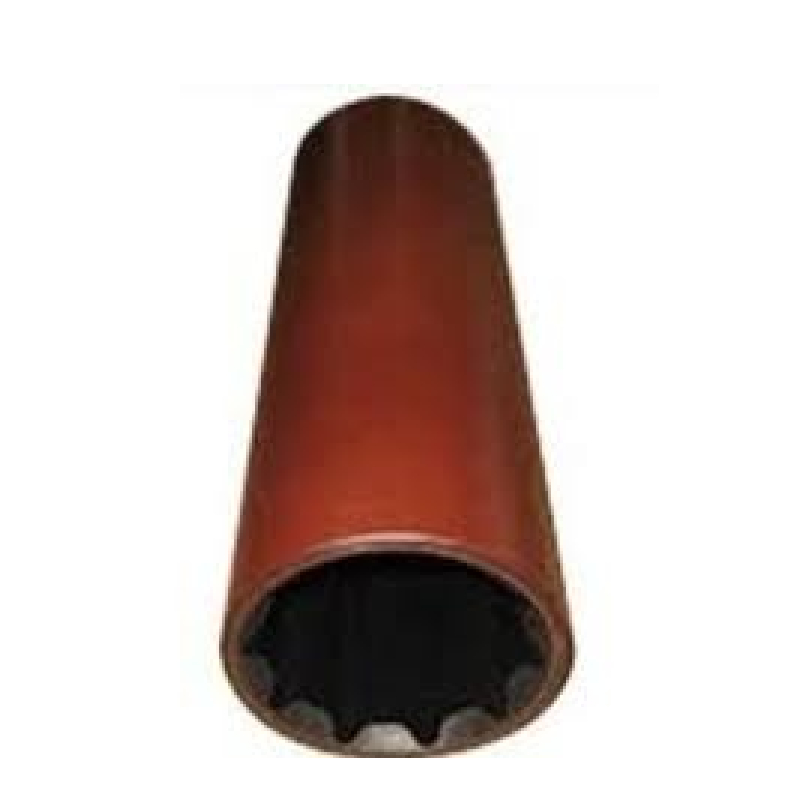Understanding Encapsulated O-Rings and Their Applications in Sealing Technology
The Importance of Encapsulated O-Rings in Modern Industry
Encapsulated O-rings are becoming increasingly essential in various industrial applications, thanks to their unique design and functionality. These specialized sealing components effectively combine the reliable sealing properties of traditional O-rings with the benefits of an additional protective layer, making them highly effective in demanding environments.
Design and Composition
At their core, encapsulated O-rings consist of a core O-ring usually made from elastomeric materials such as rubber, which provides excellent flexibility and sealing capabilities. However, what sets encapsulated O-rings apart is the outer layer, which is often made from a high-performance fluoropolymer, such as PTFE (Polytetrafluoroethylene). This outer encapsulation serves multiple purposes it protects the underlying elastomer from aggressive chemicals, enhances temperature resistance, and improves the overall durability of the sealing component.
Benefits of Encapsulation
One of the main advantages of encapsulated O-rings is their ability to withstand harsh operating conditions. In many industries, components are exposed to extreme temperatures, aggressive chemicals, and high pressures. The fluoropolymer coating is known for its exceptional chemical resistance, allowing it to maintain integrity in environments that would typically degrade standard O-rings.
Additionally, encapsulated O-rings minimize friction between surfaces. This characteristic is particularly beneficial in applications involving dynamic sealing, where constant movement could lead to wear and tear of traditional seals. By reducing wear, encapsulated O-rings prolong the lifespan of both the seal and the machinery, thereby reducing maintenance costs and downtime.
Applications Across Industries
encapsulated o rings

Encapsulated O-rings are used across a variety of sectors, including aerospace, automotive, pharmaceuticals, and food processing. In aerospace, for example, where reliability is crucial, these O-rings prevent leaks of hydraulic fluids or gases in pressurized environments. In the pharmaceutical industry, the need for sterile conditions makes encapsulated O-rings indispensable, as they can be easily cleaned and are less likely to trap bacteria.
In the automotive sector, encapsulated O-rings are crucial in fuel systems, where resistance to aggressive fuels and oils is necessary. Their ability to handle variable temperatures makes them ideal for use in engines and transmission systems.
Installation and Maintenance
While encapsulated O-rings offer numerous advantages, proper installation is key to maximizing their performance. It is essential to ensure that the sealing surfaces are clean and free from debris to facilitate a proper seal. During installation, care must be taken to avoid any twisting or stretching that could compromise the integrity of the O-ring.
Maintenance protocols may vary depending on the specific application and environment. Regular inspections can help identify signs of wear for timely replacement, ensuring that systems remain leak-free and efficient.
Conclusion
In conclusion, encapsulated O-rings are a critical innovation in sealing technology, offering superior protection and durability compared to traditional O-rings. Their unique design lends them to a vast array of applications across multiple industries, where they play a pivotal role in ensuring the safety and efficiency of operations. As industries continue to advance, the demand for high-performance sealing solutions like encapsulated O-rings will undoubtedly grow, paving the way for innovations that enhance operational reliability and performance.
-
Understanding Automotive Oil Seals: Essential Components for Engine and Shaft Protection
News Jul.30,2025
-
The Importance of Heavy Duty Seals in Industrial and Residential Applications
News Jul.30,2025
-
Exploring Industrial Oil Seals: From Felt Oil Seals to TTO and CFW Solutions
News Jul.30,2025
-
Essential Guide to Oil Seals: From Radial to Metal-Cased Seals for Industrial Reliability
News Jul.30,2025
-
Choosing the Right Oil Seals and Gaskets for Industrial and Automotive Applications
News Jul.30,2025
-
Cassette Seals: Durable Sealing Solutions for Harsh Environments
News Jul.30,2025
-
Understanding the Front Main Engine Seal: Purpose, Maintenance, and Installation
News Jul.29,2025
Products categories















